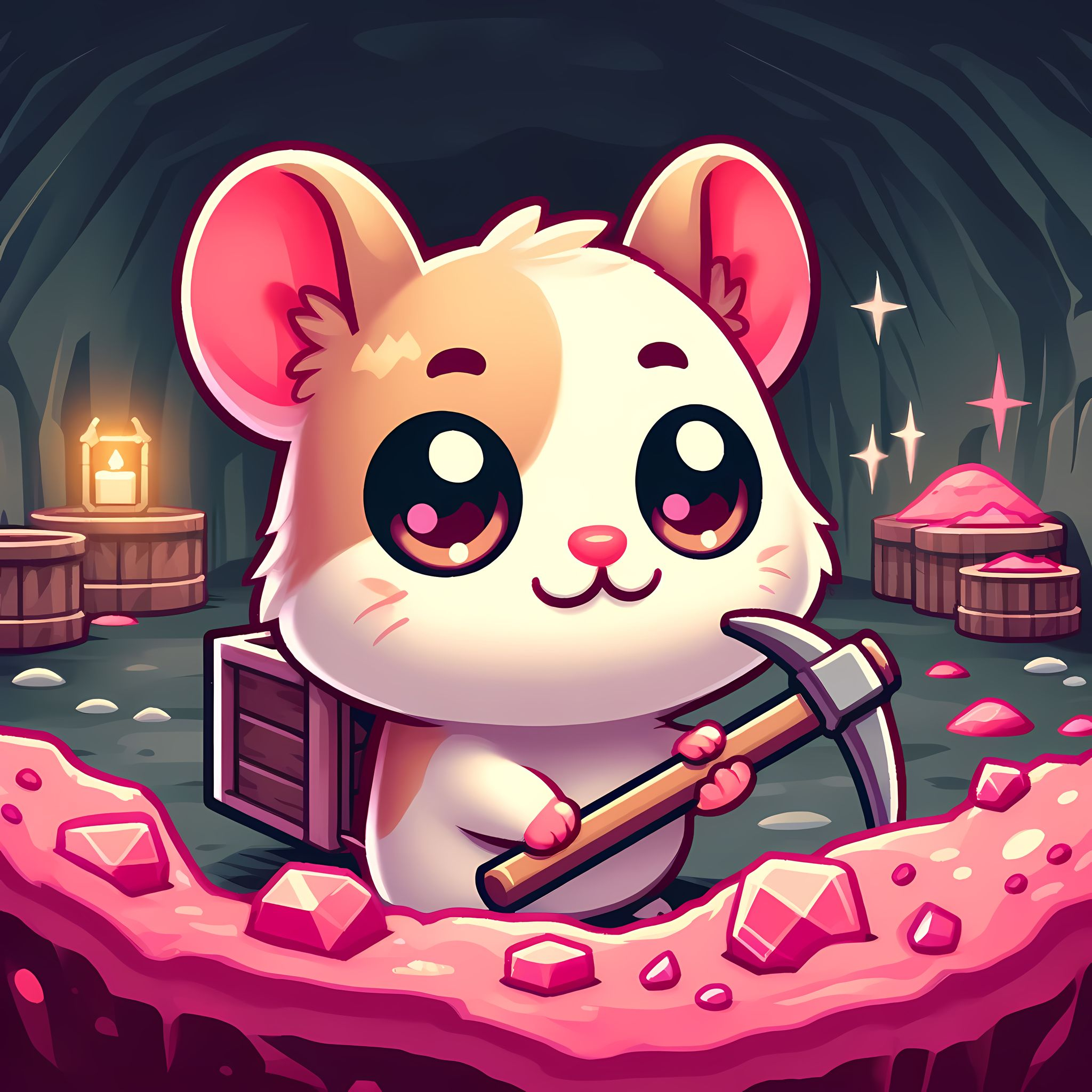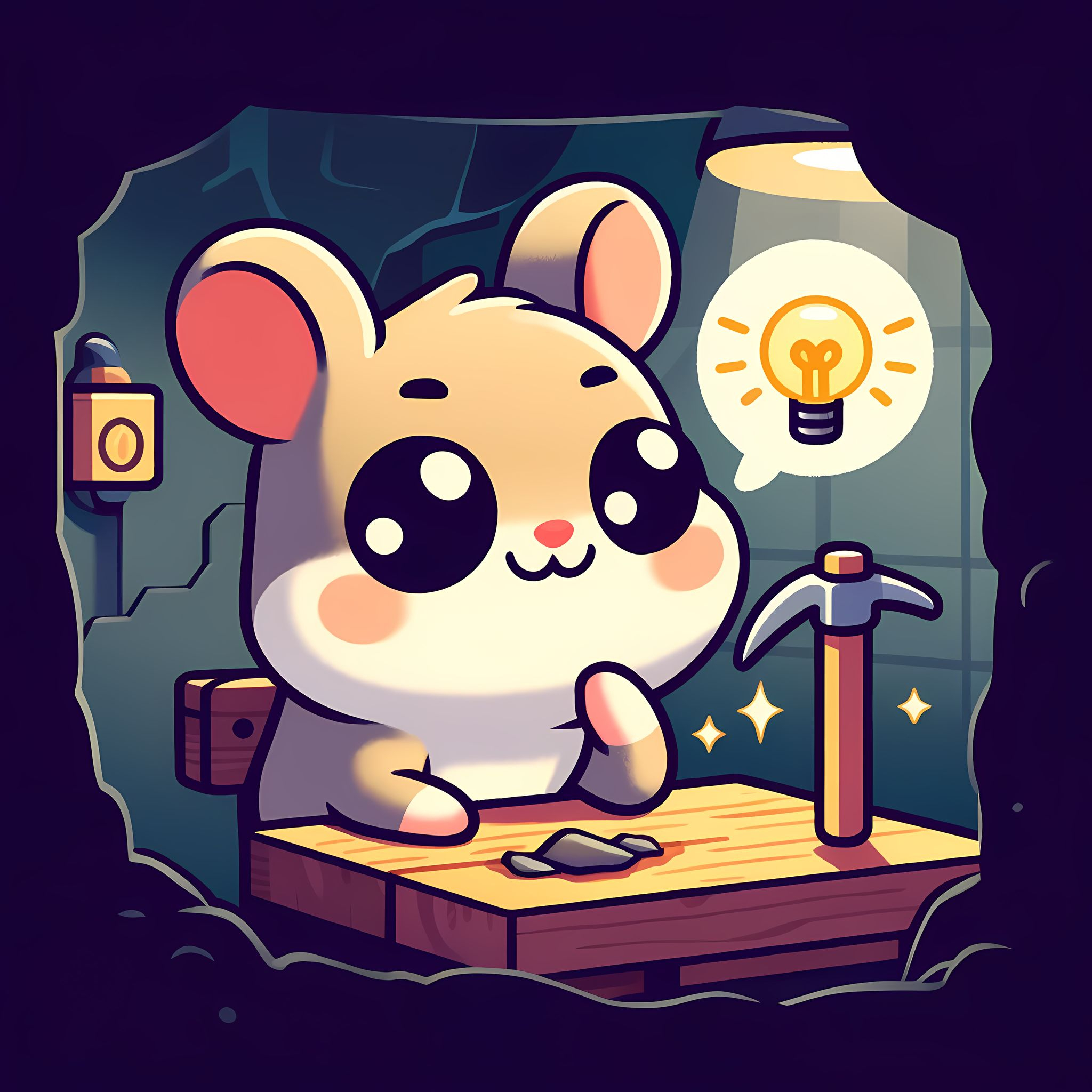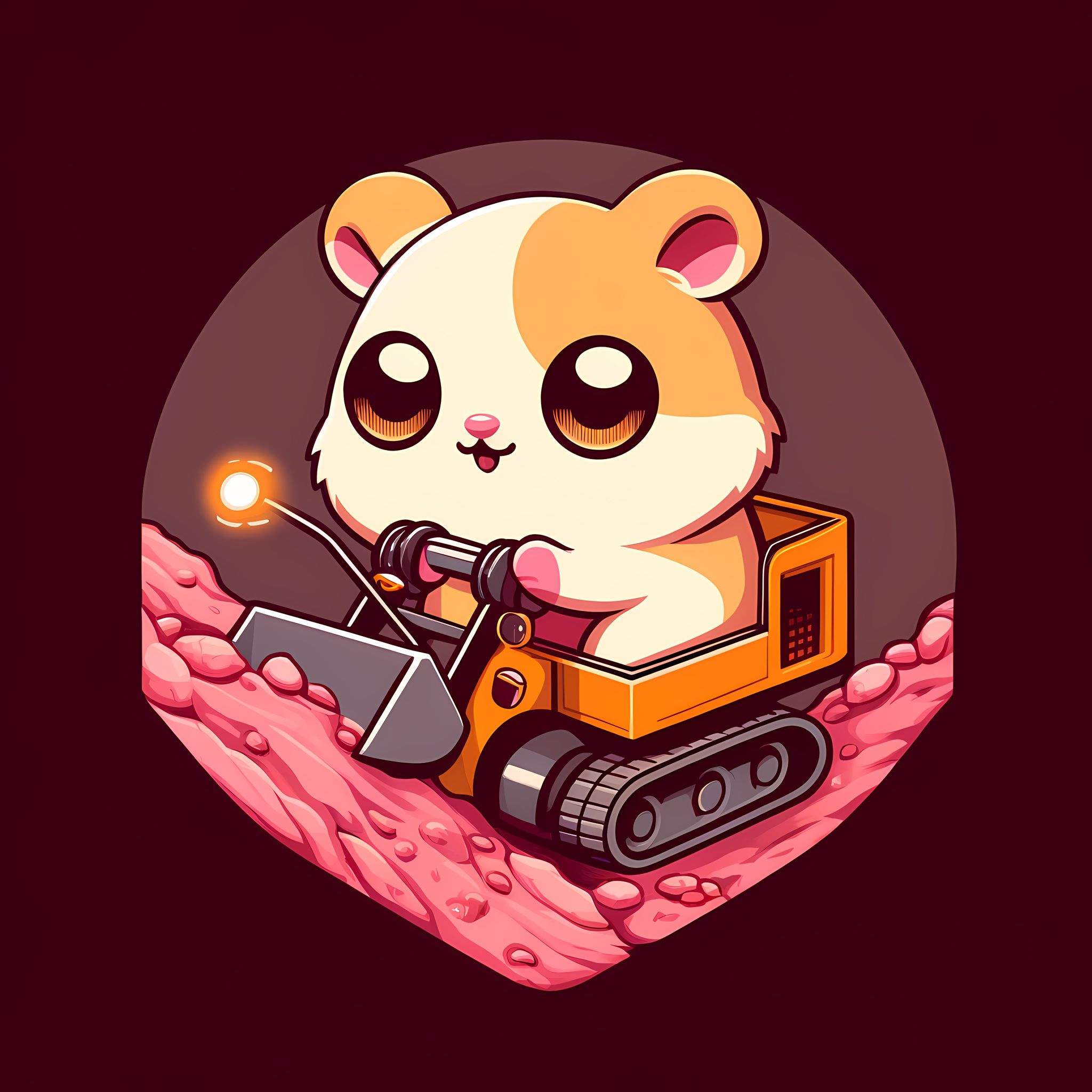How Can We Know What ChatGPT Can Do?
#HowADeveloperCanKnowWhatItCanDo
After a year of ChatGPT 4 being out 🎉, we've seen it applied in numerous ways 🌟, both directly visible and behind the technology we use today. But how do we suddenly know 🤔 what it can do ❓ Today, I'm sharing the approach we use to explore its potential 🔍💡.
Let's start by imagining we are among the first to try out ChatGPT 4. We ask it anything, and it seems to answer everything. How do we know what it does well and what it doesn't? At that time, no one had shared that we should ask it like this or that, or that certain types of questions require certain patterns.
Alright, if it were us, we'd start something like this. Let's explore together.

- Try Everything Thoroughly
It's not just about trying anything randomly. Initially, we should test it according to its intended purpose. In this case, it’s a chat AI that claims to know a lot, so we should ask it questions. To accurately gauge its capabilities, we should start with topics we are familiar with. For instance, if we like backpacking and need to plan a trip, we have to check details like travel routes, whether there are trains or buses, if the destination is open during our desired time, if it’s the right season, and if there’s accommodation.
So, let's say we want to go to Japan in June for 3-4 days, looking for an adventurous trip. Are there places to visit?
Let's ask ChatGPT and also search on Google ourselves. Without even opening the first website, ChatGPT responds right away. But is it correct? Let's see.
Starting with Google, when planning a trip to less popular places, the information on each website usually answers about 30-40% of our questions. We have to check several websites to gather 100% of the information we need and do some additional searches to verify our information.
Conversely, ChatGPT gives an answer immediately, possibly because we asked a suitable question. It’s quite surprising how it provides a well-organized plan, detailing Day 1, Day 2, etc. We can cross-check the suggested places, and it even considers distances between places, ensuring feasible travel plans. Using ChatGPT saves us a lot of time, as we can directly move to the verification step. However, relying on it 100% might result in surprises, like some places being closed.
Seeing its ability to summarize well, we might start asking more complex or unfamiliar topics. By experimenting extensively, we begin to understand its strengths.

- Understanding the Origin
Once we see that ChatGPT can use vast amounts of information to answer questions and create new data not directly available online, we need to understand its workings. For starters, let's find out where its name comes from. "ChatGPT" breaks down into Chat + GPT. We know "Chat" means conversational, but what is GPT? Quickly checking, it stands for Generative Pre-trained Transformers. We then explore these terms, which already exist in the AI field.
The key term is "Transformers," indicating how ChatGPT processes information: receiving text, transforming it into a format computers understand, then converting it back into human-readable text, using vast training data from the internet to answer related questions thoughtfully.
By this point, we understand more. This might be enough 😊, or we might look for published papers for deeper insights 📜.

- Crystallizing Knowledge
Understanding how ChatGPT works, we see it possesses immense knowledge and can analyze data, but its knowledge is limited to the data at the time of training. For example, in travel planning, ChatGPT knows which tourist spots are open when it was trained but not their current status.
To keep ChatGPT’s information updated, we need to use techniques 🛠️ such as providing additional data while asking questions or instructing it to plan considering recent changes in tourist spots.

- Expanding Further
😊 Once we know what ChatGPT can do and understand its origin and our crystallized understanding, we should take it further. We should try to integrate ChatGPT into our daily lives and challenge others to use it.
🧪 We need to create something to test its load capacity and cost. However, letting anyone use it means teaching them to write effective prompts, which might be challenging.
💻 Alternatively, we could develop a website. From the first example, we can create a travel planning site 🌴 that asks specified questions like travel preferences, destinations, and travel methods during the trip. These questions can then be formatted into a prompt for ChatGPT, and the response can be displayed attractively, perhaps with images for visualization, providing a complete travel plan 🗺️.
In developing such projects, challenges will arise, like how to send questions to ChatGPT via API 🔌. We might also face issues with users overloading the system, risking losses 📉. Therefore, we need to study rate limiting, and if the website gains popularity, we must consider scaling 📈.

In conclusion, having such an approach 💡 allows us to follow trends in using ChatGPT and learn additional skills 📚, enhancing our capabilities 💪.
What do you think of this kind of content? 😊 Share your thoughts in the comments 📝.
Written by 🐹
Compiled by 🐹 & 🤖
